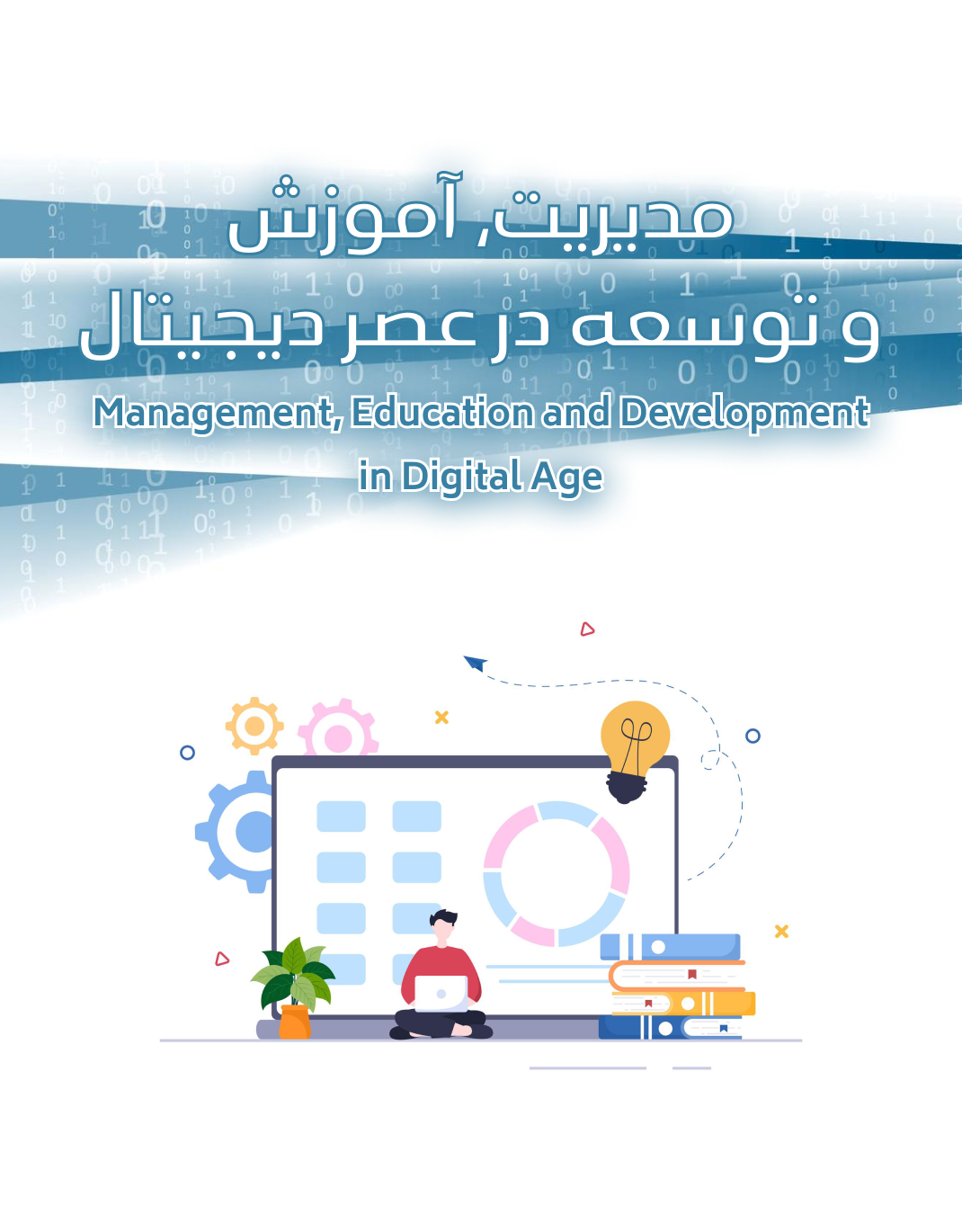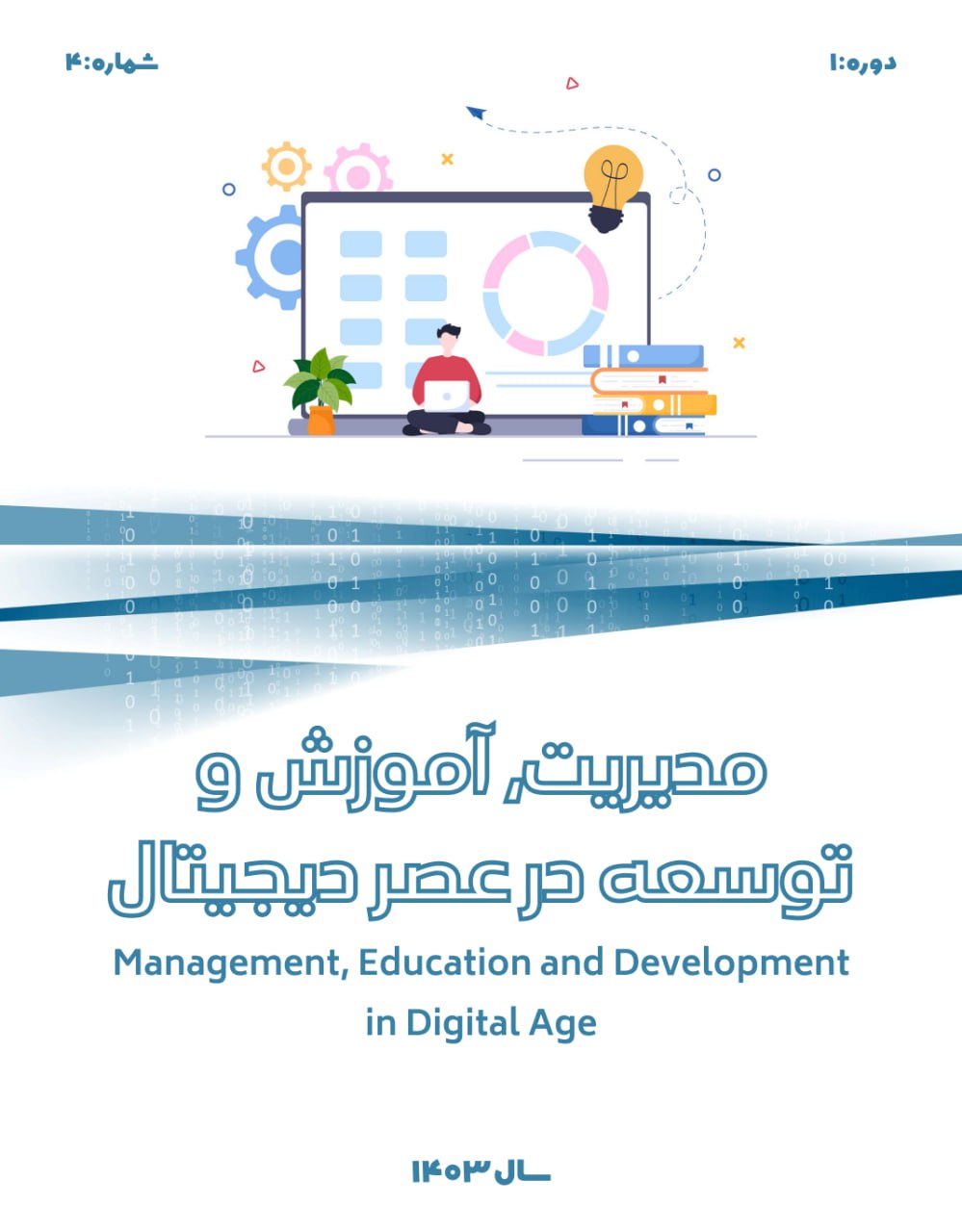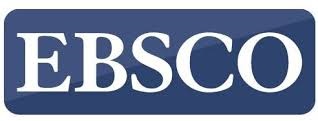Designing a Hybrid Model of Criteria for Selecting Information Technology Projects in Achieving Business Objectives in the Banking Industry
Keywords:
Business goals, information technology projects, banking industry, Fuzzy DEMATELAbstract
One of the current challenges for managers in the banking industry is aligning decision-making criteria for selecting information technology (IT) projects with business objectives. The present study was conducted with the aim of designing a hybrid model of IT project selection criteria in achieving business objectives of the banking industry through both qualitative and quantitative approaches. In the qualitative part, the criteria along with indicators were identified using a content analysis approach through semi-structured interviews, and the content validity of the indicators was assessed. The statistical population of the qualitative part included senior managers and experts in the banking industry, among whom 12 individuals were selected through purposive, theoretical, and convenience non-probability sampling. The statistical population of the quantitative part consisted of 180 experts knowledgeable about the research subject, selected through random sampling. To develop the model, the fuzzy DEMATEL method was applied, and the findings indicated that the criteria of “alignment with business objectives,” “competitiveness,” “economic advantage,” “risk management,” “efficient operations,” and “superior service delivery” were respectively influential in the selection of IT projects in the banking industry. Subsequently, the relationships generated were tested using structural equation modeling. The findings of this part revealed that all model relationships were confirmed, except for the correlation between “alignment with business objectives” with “efficient operations” and “superior service delivery,” as well as the correlation between “competitiveness” and “risk management” with “superior service delivery.” These findings suggest that IT projects need to be selected in line with business objectives and with a focus on providing up-to-date services.
Downloads
References
Aditya, I. E., Wisdarianto, A., & Raharjo, T. (2022, December). Analysis of Critical Success Factors in Information Technology Projects: A National Shipping Company Case Study https://doi.org/10.1109/ICIC56845.2022.10006933
Adywiratama, A. D., Ko, C., Raharjo, T., & Wahbi, A. (2022). Critical success factors for ICT project: A case study in project colocation government data center. Procedia Computer Science, 197, 385-392. https://doi.org/10.1016/j.procs.2021.12.154
Aguado-Correa, F., de la Vega-Jiménez, J. J., López-Jiménez, J. M., Padilla-Garrido, N., & Rabadán-Martín, I. (2023). Evaluation of non-financial information and its contribution to advancing the sustainable development goals within the Spanish banking sector. European Research on Management and Business Economics, 29(1), 100211. https://doi.org/10.1016/j.iedeen.2022.100211
Ahmad Amouei, M., Valmohammadi, C., & Fathi, K. (2023). Developing and validating an instrument to measure the impact of digital supply chain activities on sustainable performance. Journal of Enterprise Information Management, 36(4), 925-951. https://doi.org/10.1108/JEIM-12-2021-0520
Al-Sobai, K. M., Pokharel, S., & Abdella, G. M. (2020). Perspectives on the capabilities for the selection of strategic projects. Sustainability, 12(19), 8191. https://doi.org/10.3390/su12198191
Almeida, J. A. D., Almeida, A. T. D., & Costa, A. P. C. (2014). Portfolio selection of information systems projects using PROMETHEE V with c-optimal concept. Pesquisa Operacional, 34(2), 275-299. https://doi.org/10.1590/0101-7438.2014.034.02.0275
Alzwi, A. S., Jaber, J. J., Rohuma, H. N., & Omari, R. A. (2024). Evaluation of Total Risk-Weighted Assets in Islamic Banking through Fintech Innovations. Journal of Risk and Financial Management, 17(7), 288. https://doi.org/10.3390/jrfm17070288
Buchak, G., Matvos, G., Piskorski, T., & Seru, A. (2018). Fintech, regulatory arbitrage, and the rise of shadow banks. Journal of Financial Economics, 130(3), 453-483. https://doi.org/10.1016/j.jfineco.2018.03.011
da Silva, L. B. L., de Almeida, J. A., & de Almeida, A. T. (2025). A novel multicriteria web‐based decision support system to enhance resource allocation in energy companies: a portfolio selection with c‐optimal PROMETHEE. International Transactions in Operational Research, 32(4), 1861-1892. https://doi.org/10.1111/itor.13562
Elia, E. F., & Mhando, J. A. (2023). Global library and information science research patterns: A twenty-five-year reflection. University of Dar es Salaam Library Journal, 18(2), 178-197. https://doi.org/10.4314/udslj.v18i2.12
Entezari, M., Modiri, M., Alirezaei, A., & Sarraf, F. (2025). Application of Fuzzy DANP for Implementation of FinTechs in Financial-Banking System. Advances in Mathematical Finance and Applications, 3(10), 271-288. https://www.magiran.com/paper/2860162/application-of-fuzzy-danp-for-implementation-of-fintechs-in-financial-banking-system$?lang=en
Igder, H. (2023). Investigating the effective factors of the service marketing mix on the adoption of smart electronic payment methods (Case study: Shahr Bank). Management Science in Industry, 2(3), 538-552. https://www.researchgate.net/publication/385083193_Investigating_Factors_Influencing_Customer_Behavior_in_the_Use_of_Electronic_Services_of_Shahr_Bank
Iriarte, C., & Bayona, S. (2020). IT projects success factors: a literature review. International Journal of Information Systems and Project Management, 8(2), 49-78. https://doi.org/10.12821/ijispm080203
Koi-Akrofi, G. Y., Aboagye-Darko, D., Gaisie, E., & Banaseka, F. (2023). IT project success in perspective: Systematic literature review analysis founded on the ADO, TCM and the PSALAR frameworks. Management Review Quarterly, 1-41. https://doi.org/10.1007/s11301-023-00362-4
Kumar, V., Vrat, P., & Shankar, R. (2022). Factors influencing the implementation of industry 4.0 for sustainability in manufacturing. Global Journal of Flexible Systems Management, 23(4), 453-478. https://doi.org/10.1007/s40171-022-00312-1
Ma, J., Harstvedt, J. D., Jaradat, R., & Smith, B. (2020). Sustainability driven multi-criteria project portfolio selection under uncertain decision-making environment. Computers & Industrial Engineering, 140, 106236. https://doi.org/10.1016/j.cie.2019.106236
Mathenge, M., & Sang, P. (2019). Risk Management Strategies and Implementation of Online Banking Technology Projects by Selected Commercial Banks in Kenya. The International Journal Of Business & Management, 7(10), 79-92. https://doi.org/10.24940/theijbm/2019/v7/i10/BM1910-017
Menezes, J., Gusmão, C., & Moura, H. (2019). Risk factors in software development projects: a systematic literature review. Software Quality Journal, 27, 1149-1174. https://doi.org/10.1007/s11219-018-9427-5
Monserrat, M., Mas, A., & Mesquida, A. L. (2024). A Study of Factors That Influence the Software Project Success. Journal of Software: Evolution and Process, e2735. https://doi.org/10.1002/smr.2735
Moradi, E., & Askari, A. (2022). The effect of electronic financial service quality on electronic loyalty of customers of Bank Maskan branches in Bandar Abbas. Management Science in Industry, 1(1), 80-87. https://www.magiran.com/paper/2546252/the-effect-of-the-quality-of-electronic-financial-services-on-the-electronic-loyalty-of-customers-of-bandar-abbas-housing-banks?lang=en
Musarat, M. A., Maqsoom, A., Naeem, M. H., Ullah, F., Salman, A., Alaloul, W. S., & Zahoor, H. (2024). Evaluating the correlation between project selection criteria and organizational performance within the construction industry. Ain Shams Engineering Journal, 15(7), 102794. https://doi.org/10.1016/j.asej.2024.102794
Pitoyo, B. S., Widyastuti, T., Ahmar, N., Daito, A., & Harnovinsah, H. (2023). Networking Analysis, Adoption of Accounting Information Technology, Dynamic Capabilities on Organizational Performance With Corporate Strategy As Moderating Variables. International Journal of Social Science, 3(2), 163-172. https://doi.org/10.53625/ijss.v3i2.6300
Rad, F. H., & Rowzan, S. M. (2018). Designing a hybrid system dynamic model for analyzing the impact of strategic alignment on project portfolio selection. Simulation Modelling Practice and Theory, 89, 175-194. https://doi.org/10.1016/j.simpat.2018.10.001
Raharjo, T. (2023). A model of critical success factors for agile information technology project in indonesia using analytic hierarchy process (ahp). ADI Journal on Recent Innovation, 5(1Sp), 68-77. https://doi.org/10.34306/ajri.v5i1Sp.968
Riep, J. R., Akanbi, K., & Said, H. (2023). The Role of the Discipline of Information Technology: A Systematic Literature Review. Issues in Informing Science and Information Technology, 20, 23-38. https://doi.org/10.28945/5097
Ryu, H. S., & Ko, K. S. (2020). Sustainable development of Fintech: Focused on uncertainty and perceived quality issues. Sustainability, 12(18), 7669. https://doi.org/10.3390/su12187669
Shojaee, M., & Soltani, H. (2022). The role of cloud services, banking security services, e-learning, and service quality on customer satisfaction in Resalat Bank of Shiraz. Management Science in Industry, 1(1), 36-46. https://civilica.com/doc/1386632/
Trigo, A., & Varajão, J. (2020). IT project management critical success factors. In Computational Science and Its Applications-ICCSA 2020: 20th International Conference, Cagliari, Italy, July 1-4, 2020, Proceedings, Part VI 20 (pp. 714-724). https://doi.org/10.1007/978-3-030-58817-5_51
Turner, J. (2020). Agile Project Management: The Ultimate Beginner's Guide to Learn Agile Project Management Step by Step. Publishing Factory. https://books.google.com/books/about/Agile_Project_Management.html?id=_d3tzgEACAAJ
Wang, S., Wang, J., & Wang, X. (2024). Risk analysis of human evacuation aboard passenger ships based on fuzzy DEMATEL-ISM-BN. Ocean Engineering, 313, 119520. https://doi.org/10.1016/j.oceaneng.2024.119520
Wibowo, S., Grandhi, L., Grandhi, S., & Wells, M. (2022). A fuzzy multicriteria group decision making approach for evaluating and selecting Fintech projects. Mathematics, 10(2), 225. https://doi.org/10.3390/math10020225
Yohannes, A., & Mauritsius, T. (2022). Critical success factors in information technology projects. International Journal of Emerging Technology and Advanced Engineering, 12(7), 45-67. https://doi.org/10.46338/ijetae0722_06
Downloads
Published
Submitted
Revised
Accepted
Issue
Section
License
Copyright (c) 2025 ابوالفضل شمسی رهنی, محمود مدیری, کیامرث فتحی هفشجانی (نویسنده)

This work is licensed under a Creative Commons Attribution-NonCommercial 4.0 International License.









